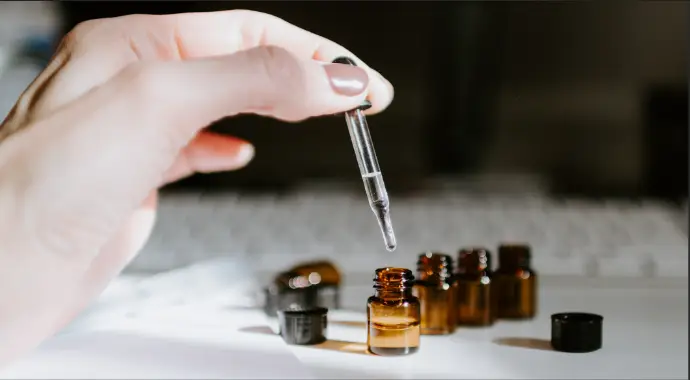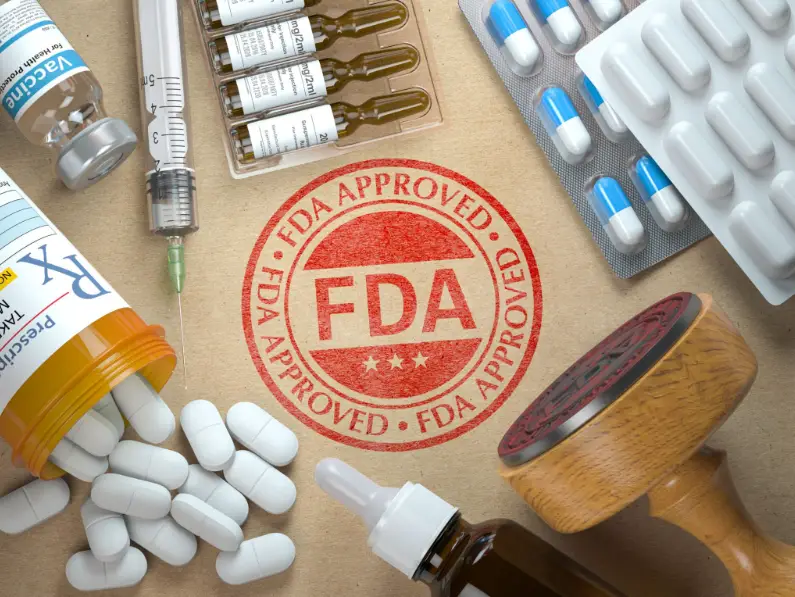Glucagon-like peptide-1 (GLP-1) receptor agonists like Semaglutide, Tirzepatide, and Retatrutide have revolutionized the treatment of type 2 diabetes and obesity. However, the higher doses often prescribed can sometimes lead to unpleasant side effects. Enter the concept of microdosing, a practice that involves taking smaller, more frequent doses of these medications. This approach has been gaining attention for its potential to provide similar benefits while minimizing side effects.
The Power of Microdosing
Microdosing GLP-1 medications involves taking a fraction of the standard dose. This approach has several potential benefits:]
Reduced Side Effects:
By taking a smaller dose, individuals may experience fewer side effects commonly associated with GLP-1 medications, such as nausea or diarrhea.
Cost-Effectiveness:
Microdosing can be a more cost-effective option for individuals who want to experience the benefits of the medication without the need for higher doses.
Customized Treatment:
Microdosing allows for a more personalized approach to treatment, as individuals can adjust their dosage based on their specific needs and goals.
Conclusion
Microdosing GLP-1 medications like Semaglutide, Tirzepatide, and Retatrutide offers a promising approach to managing type 2 diabetes and obesity. By reducing side effects and allowing for a more personalized treatment plan, microdosing could be a game-changer in achieving optimal health.



